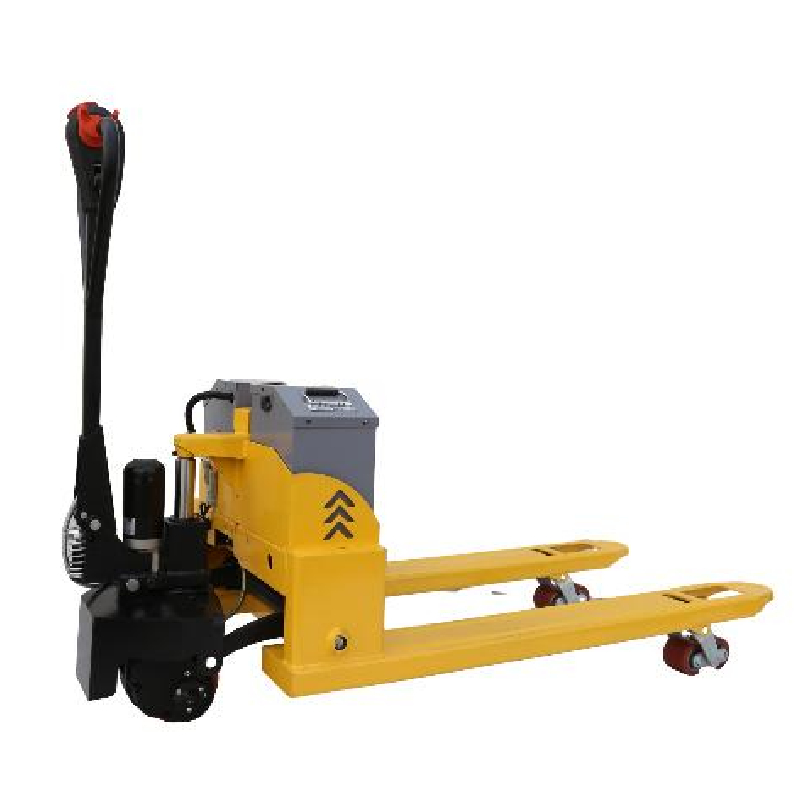Understanding Mini Hoists and Their Electric Hoist Capacities
Mini hoists, also known as compact or small electric hoists, are versatile and powerful lifting devices designed for various industrial and construction applications where space is limited. These compact hoists offer an efficient solution for lifting, moving, or positioning heavy loads with precision and ease. The key factor to consider when choosing a mini hoist is its electric hoist capacity.
Electric hoist capacity refers to the maximum weight that a hoist can safely lift without causing damage to the machinery or posing a risk to personnel. It's a crucial specification, as exceeding this limit can lead to equipment failure, accidents, and even injuries. Manufacturers typically rate their mini hoists based on their capacity in kilograms (kg) or pounds (lbs), with options ranging from a few hundred kilograms to several tons.
Mini hoists come in different types, including wire rope hoists and chain hoists, each with its own specific capacity and operational features. Wire rope hoists utilize steel wire ropes for lifting, offering high strength and durability. On the other hand, chain hoists use chains, which are more resistant to harsh environments and provide better load control.
When selecting a mini hoist, it's essential to evaluate the intended application and calculate the heaviest load that will be lifted. Always choose a hoist with a higher rated capacity than the actual load to ensure a safety margin. This buffer accounts for potential overloading, variations in load distribution, or unforeseen circumstances This buffer accounts for potential overloading, variations in load distribution, or unforeseen circumstances

This buffer accounts for potential overloading, variations in load distribution, or unforeseen circumstances This buffer accounts for potential overloading, variations in load distribution, or unforeseen circumstances
 mini hoist electric hoist capacity
mini hoist electric hoist capacity.
Moreover, the electric hoist capacity isn't the only factor to consider. Other aspects such as lift height, duty cycle, and speed play significant roles. Duty cycle refers to the amount of time a hoist can operate before needing a rest period, while lift speed impacts productivity and efficiency. Ensure these factors align with your specific requirements.
In addition, proper maintenance and regular inspections are vital to maintaining the hoist's rated capacity and ensuring its safe operation. Regular checks for wear and tear, proper lubrication, and adherence to manufacturer guidelines can significantly prolong the life of a mini hoist and prevent capacity-related issues.
In conclusion, understanding the electric hoist capacity of a mini hoist is paramount for safe and effective usage. By considering the load requirements, type of hoist, and operational factors, you can make an informed decision that optimizes productivity while prioritizing workplace safety. Remember, investing in a quality mini hoist with appropriate capacity is an investment in efficiency, reliability, and worker wellbeing.



 This buffer accounts for potential overloading, variations in load distribution, or unforeseen circumstances This buffer accounts for potential overloading, variations in load distribution, or unforeseen circumstances
This buffer accounts for potential overloading, variations in load distribution, or unforeseen circumstances This buffer accounts for potential overloading, variations in load distribution, or unforeseen circumstances mini hoist electric hoist capacity.
Moreover, the electric hoist capacity isn't the only factor to consider. Other aspects such as lift height, duty cycle, and speed play significant roles. Duty cycle refers to the amount of time a hoist can operate before needing a rest period, while lift speed impacts productivity and efficiency. Ensure these factors align with your specific requirements.
In addition, proper maintenance and regular inspections are vital to maintaining the hoist's rated capacity and ensuring its safe operation. Regular checks for wear and tear, proper lubrication, and adherence to manufacturer guidelines can significantly prolong the life of a mini hoist and prevent capacity-related issues.
In conclusion, understanding the electric hoist capacity of a mini hoist is paramount for safe and effective usage. By considering the load requirements, type of hoist, and operational factors, you can make an informed decision that optimizes productivity while prioritizing workplace safety. Remember, investing in a quality mini hoist with appropriate capacity is an investment in efficiency, reliability, and worker wellbeing.
mini hoist electric hoist capacity.
Moreover, the electric hoist capacity isn't the only factor to consider. Other aspects such as lift height, duty cycle, and speed play significant roles. Duty cycle refers to the amount of time a hoist can operate before needing a rest period, while lift speed impacts productivity and efficiency. Ensure these factors align with your specific requirements.
In addition, proper maintenance and regular inspections are vital to maintaining the hoist's rated capacity and ensuring its safe operation. Regular checks for wear and tear, proper lubrication, and adherence to manufacturer guidelines can significantly prolong the life of a mini hoist and prevent capacity-related issues.
In conclusion, understanding the electric hoist capacity of a mini hoist is paramount for safe and effective usage. By considering the load requirements, type of hoist, and operational factors, you can make an informed decision that optimizes productivity while prioritizing workplace safety. Remember, investing in a quality mini hoist with appropriate capacity is an investment in efficiency, reliability, and worker wellbeing. 


